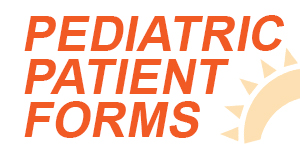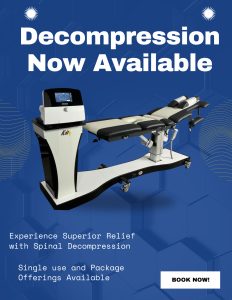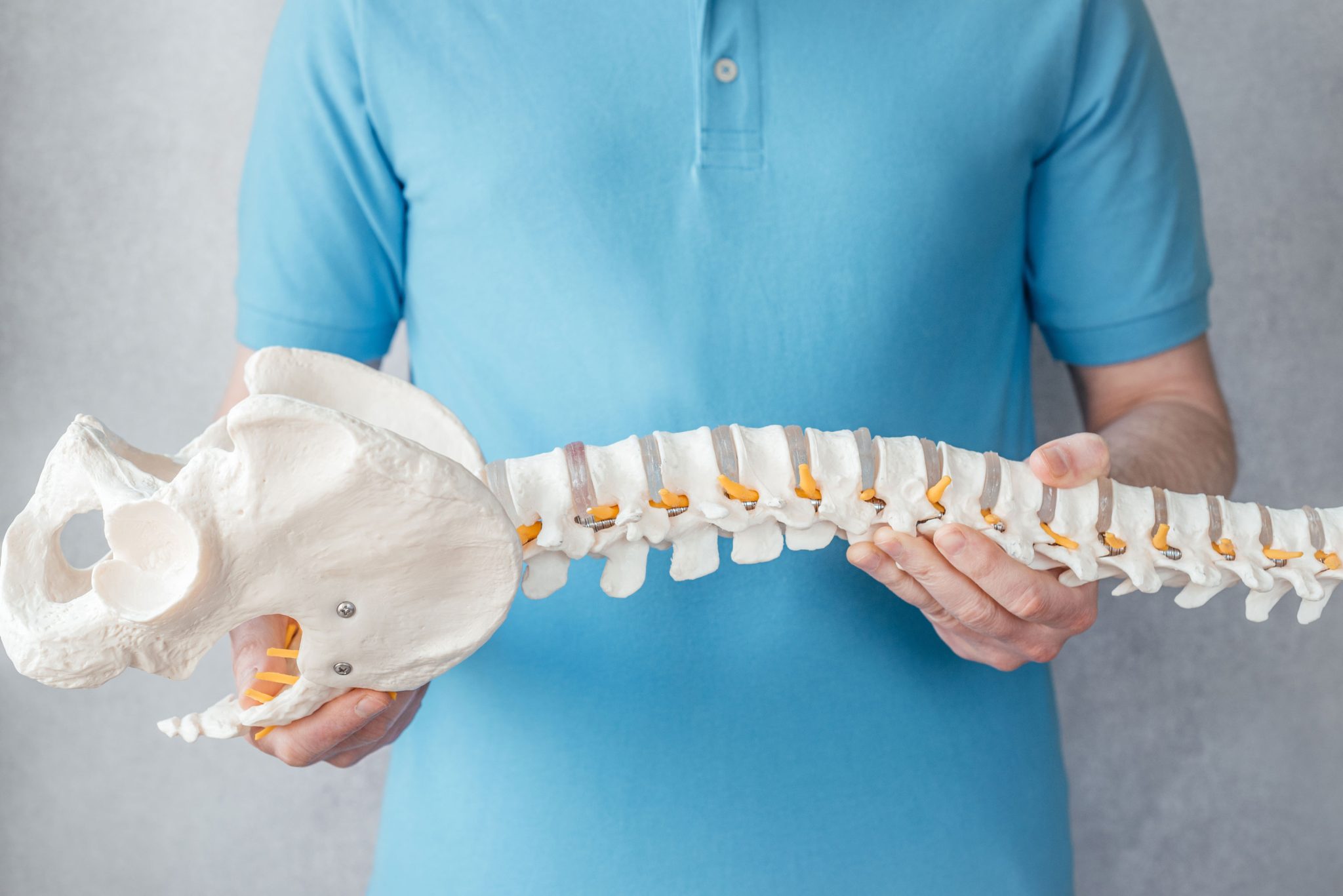That stubborn back pain you’ve been dealing with might not actually be coming from your back—it could be your legs. Believe it or not, most people have one leg that’s slightly longer than the other. In fact, about 70% of the population has some degree of leg length discrepancy (LLD). While small differences usually go unnoticed, even minor imbalances can throw your whole body out of alignment, especially your spine.
The tricky part? Most people don’t even realize they have a leg length difference. Your body is great at adapting, but those adjustments often come at a cost—leading to uneven wear and tear on your spine, hips, and even knees. What makes it even harder to catch is that the pain often shows up far from the actual problem. So, how could leg length differences be impacting your spine? Let’s take a closer look!
1. Pelvic Tilt and Rotation
When one leg is longer than the other, your pelvis naturally tilts downward on the shorter side. This uneven foundation forces your body to make adjustments to maintain balance and keep your eyes level with the horizon—a fundamental survival instinct. The resulting pelvic tilt creates a chain reaction that travels upward through your spine.
As your pelvis tilts, it often also rotates slightly, creating a three-dimensional misalignment at the very base of your spine. Your sacroiliac joints—where your spine connects to your pelvis—experience uneven stress, potentially leading to inflammation, reduced mobility, and pain.
This pelvic imbalance is particularly problematic because your pelvis serves as the foundation for your entire spine. Just as a house built on an uneven foundation will develop cracks over time, a spine rising from an unbalanced pelvis will experience amplified stress at various points.
2. Functional Scoliosis Development
One of the more visible impacts of leg length discrepancies is the development of functional scoliosis—a sideways curvature of the spine that occurs as your body attempts to compensate for the uneven pelvis. Unlike structural scoliosis, which involves physical deformities of the vertebrae, functional scoliosis develops as a compensation pattern and can often improve when the underlying leg length issue is addressed.
This compensatory curve typically forms an “S” shape, with the lower curve bending toward the side of the shorter leg and an upper curve developing in the opposite direction to help maintain your center of gravity. Over time, the muscles on either side of your spine adapt to this curved position—those on the inside of the curves tend to shorten and tighten, while those on the outside stretch and weaken.
The longer this pattern persists, the more ingrained these muscle imbalances become, making the scoliosis increasingly difficult to correct, even if the leg length discrepancy is eventually addressed.
3. Abnormal Spinal Joint Stress
Every step you take with uneven leg lengths sends abnormal forces through your spine. The vertebral joints on the side of the shorter leg experience increased compression, while those on the opposite side may undergo excessive tension. This uneven loading accelerates wear and tear on spinal joints, potentially leading to premature degeneration of discs and facet joints.
These joints weren’t designed to handle such asymmetrical forces day after day, year after year. Over time, this can lead to thinning of cartilage, formation of bone spurs, and narrowing of spaces where nerves exit the spine. When these changes become advanced, they can result in nerve impingement and radiating pain down the arms or legs.
The uneven stresses aren’t limited to your lower back—they can travel all the way up to your neck, contributing to headaches, shoulder tension, and even jaw problems as your body continues to compensate for the initial imbalance.
4. Altered Gait Mechanics
Leg length discrepancies significantly impact how you walk. Your body instinctively tries to equalize the difference through various gait adaptations—you might flex the knee on your longer side, pronate (roll inward) the foot on your longer side, or supinate (roll outward) the foot on your shorter side. These compensations may also include hip hiking, where you lift the hip on the shorter leg side with each step.
These altered walking patterns place abnormal stresses not just on your spine but on your hips, knees, and ankles as well. Your muscles work inefficiently in these compensation patterns, leading to premature fatigue and creating trigger points—hypersensitive areas in muscles that can refer pain to other regions of your body.
The energy cost of walking with a leg length discrepancy is also higher, potentially leading to earlier fatigue during physical activities and contributing to a more sedentary lifestyle, which brings its own set of spine-related problems.
5. Chronic Muscle Imbalances
Perhaps the most pervasive impact of leg length discrepancies is the development of chronic muscle imbalances throughout your body. Muscles on one side become chronically shortened and tight, while their counterparts on the opposite side become elongated and weak.
Common muscle imbalances associated with leg length discrepancies include tight quadratus lumborum (a deep back muscle) on the side of the shorter leg, tight hip flexors on the longer leg side, and uneven tension in the piriformis muscles that run from your sacrum to your femurs. These muscle imbalances can create pain patterns that seem disconnected from their actual cause, making diagnosis challenging without professional evaluation.
The good news is that many leg length discrepancies can be effectively managed with proper assessment and treatment. At Awaken Chiropractic, our team is here to help. Your Parker and Highlands Ranch chiropractors can ensure you have a strong and stable foundation—and spot issues before they become problematic. Book your appointment with us today!







